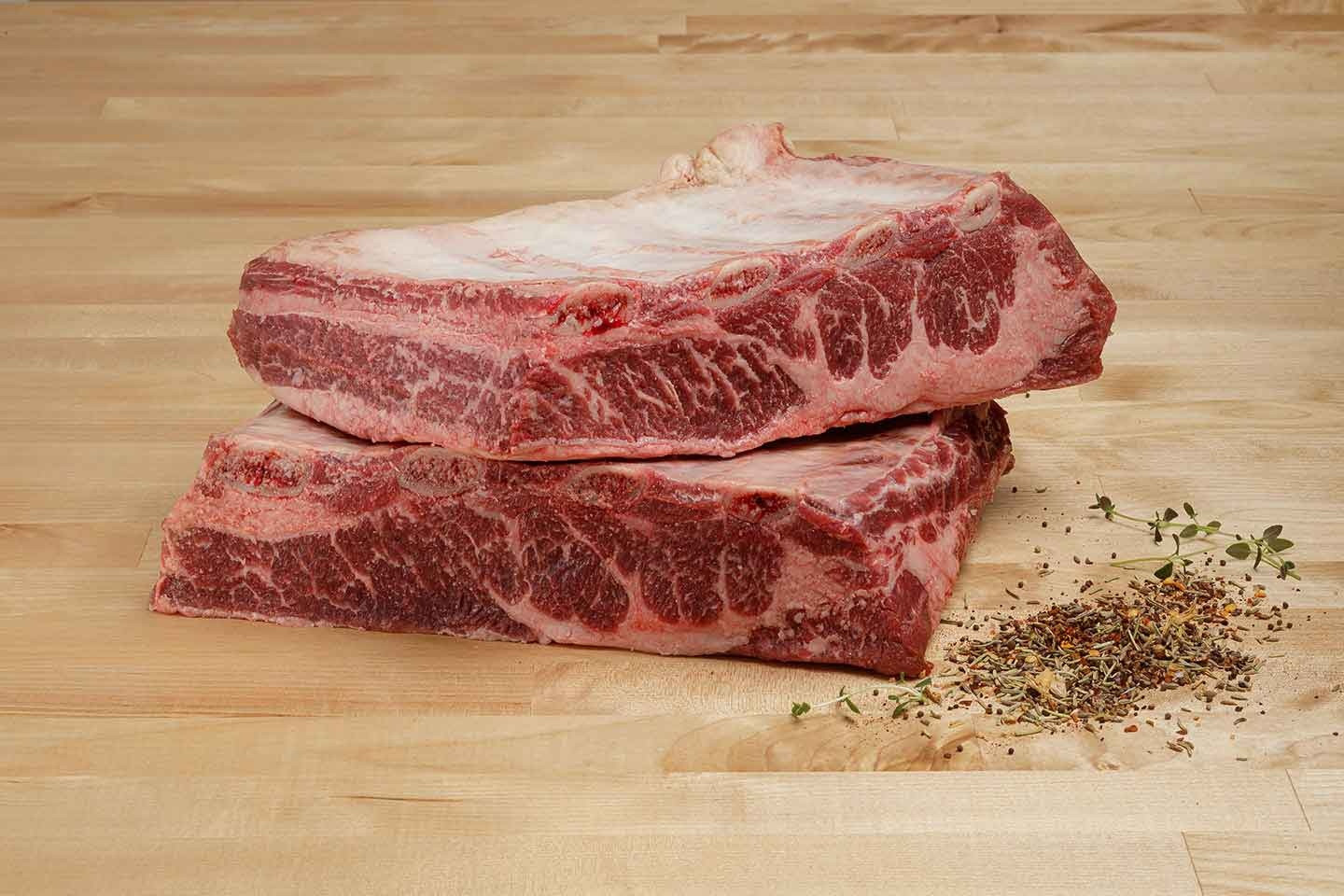 |
|
Just defrost meat, fish once: Meat, fish needs to be washed and dried before putting it in the refrigerator for preservation. You should divide the reserved amount of meat into small portions, just enough for one use after defrosting. This helps to limit the bacteria on the meat caused by frequent temperature changes. Photo: Wiser Meats. |
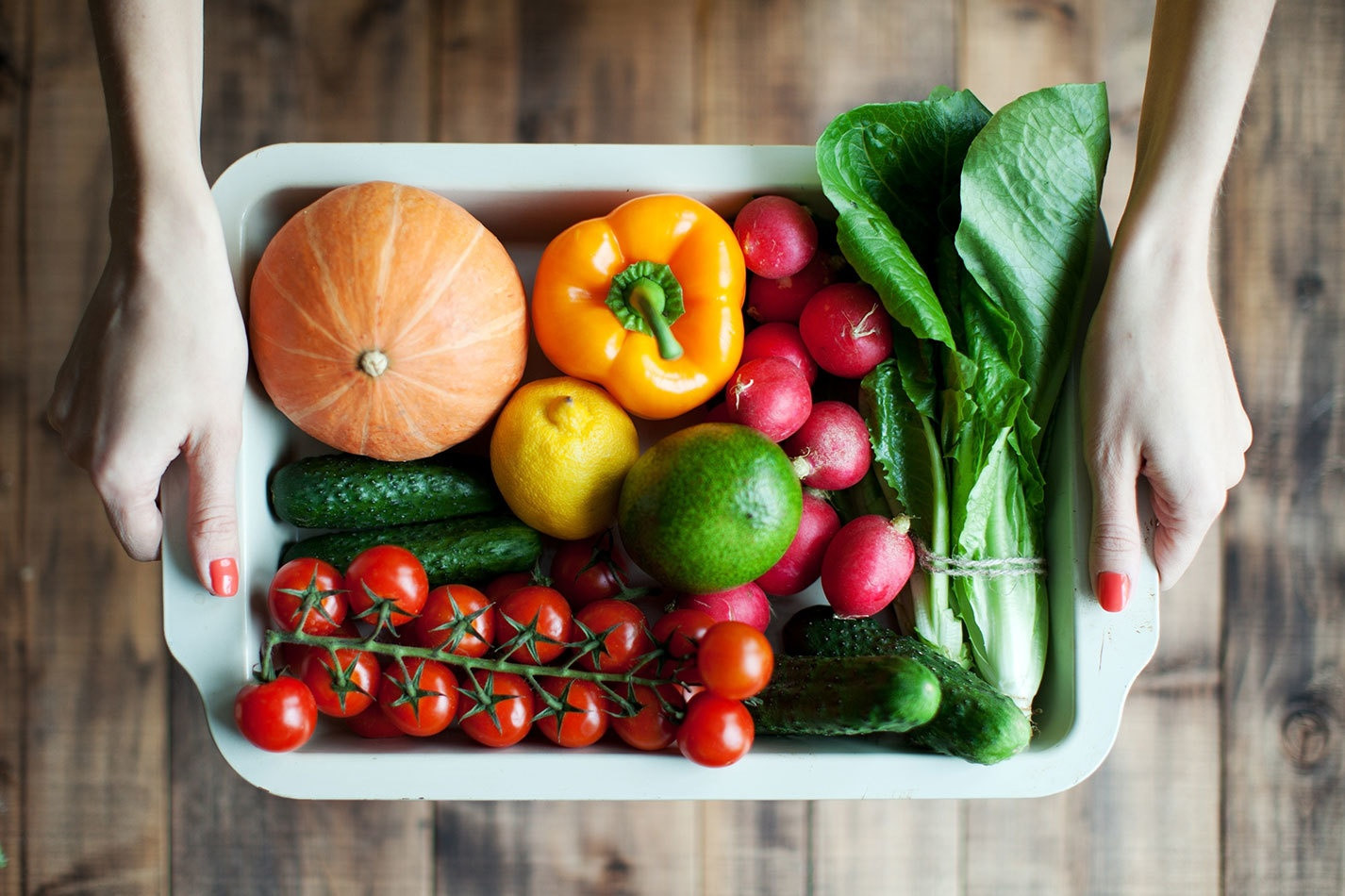 |
|
Keep fruits and vegetables separate: Some fruits produce ethylene glycol gas to accelerate ripening, causing the accompanying fruits and vegetables to spoil. In addition, some types of fruits absorb odors from vegetables, making the food no longer fresh and delicious as before. Not all types of vegetables and fruits are suitable for storage in the refrigerator. You should keep apples, eggplants, garlic, ginger, tomatoes, chili, potatoes… at room temperature, in a well-ventilated place, away from direct sunlight. Photo: EatingWell. |
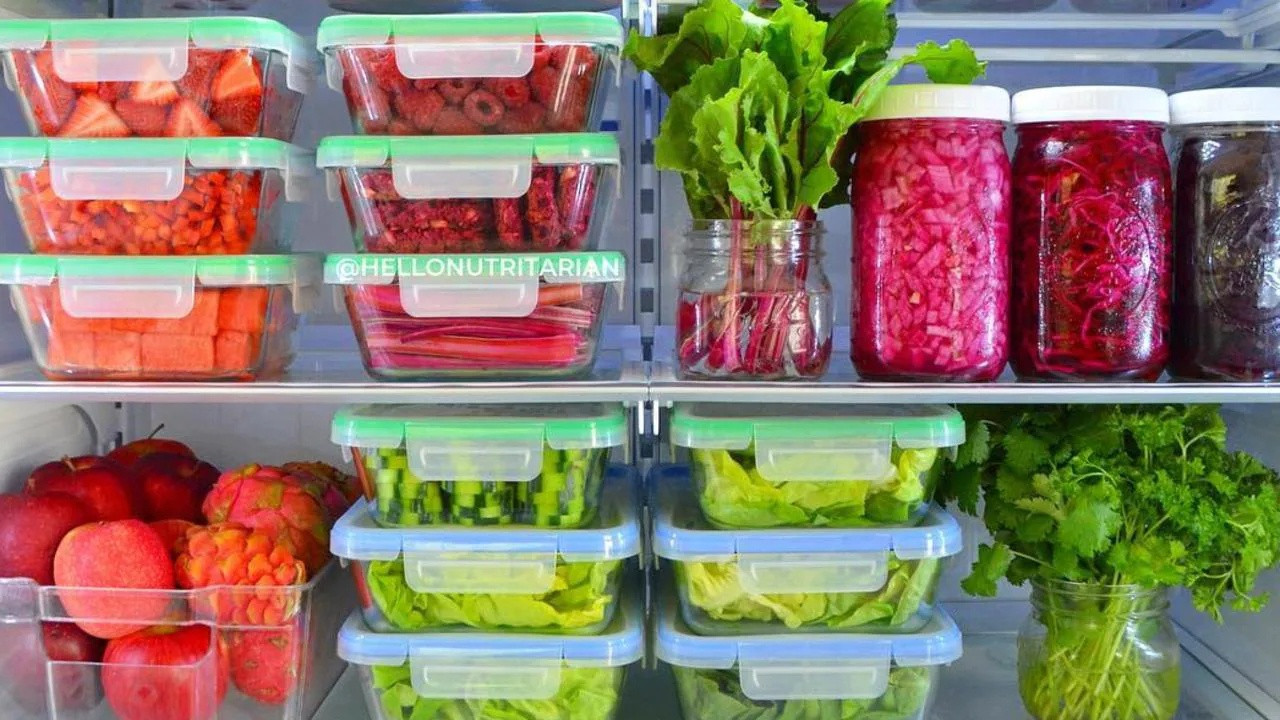 |
|
Avoid overcrowding the refrigerator with too much food: You should not stack too much food, as the cold air cannot circulate evenly inside, affecting the food preservation process. In addition, storing too much food in the refrigerator can lead to spoilage, which is wasteful and can affect the health of the users. Photo: The Australian. |
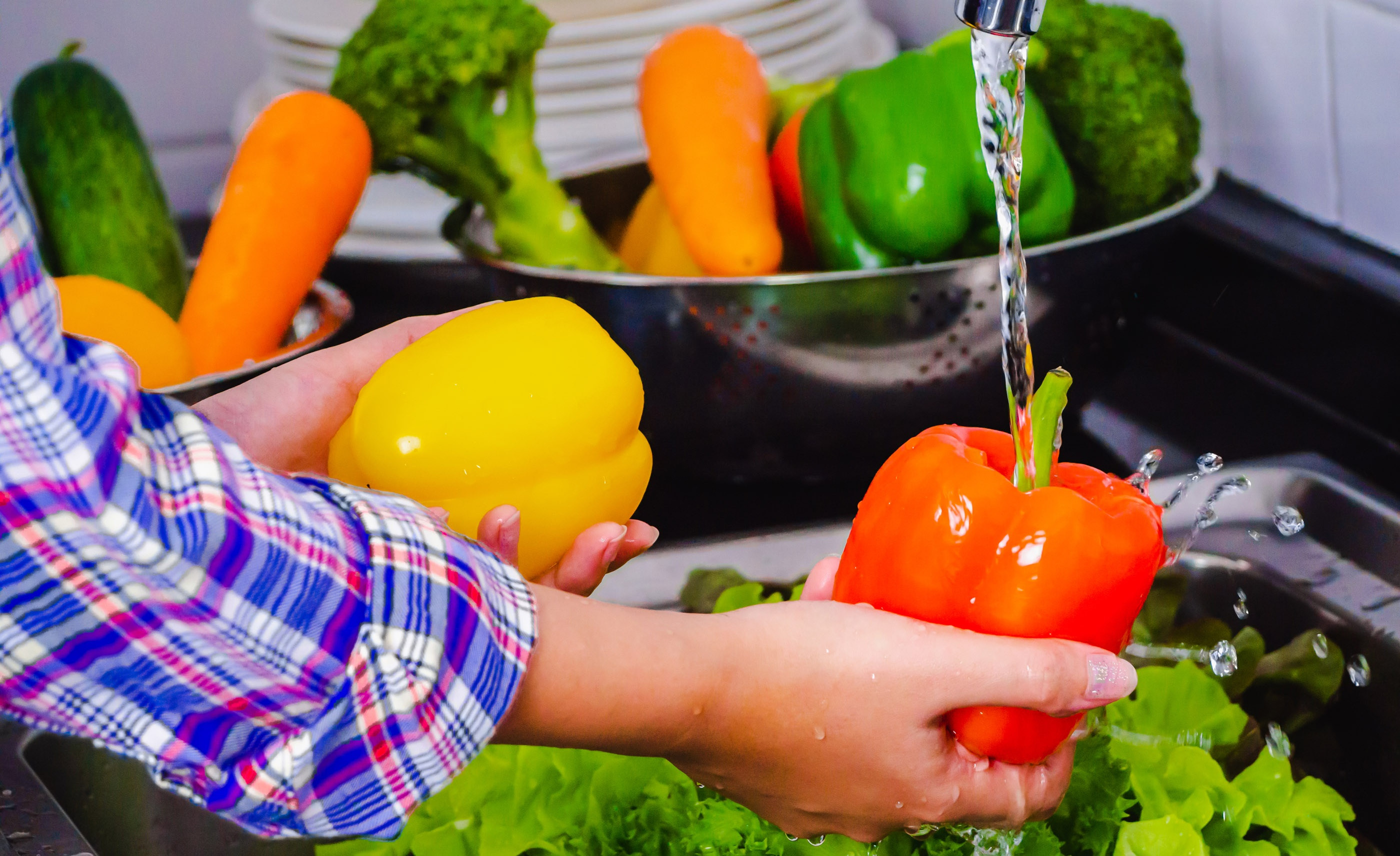 |
|
Avoid washing vegetables before storing: Homemakers should not wash vegetables before putting them in the refrigerator as they can become damp and create favorable conditions for mold growth. When storing, vegetables should be placed in a container with a lining and covered with a layer of paper before sealing the lid to keep them fresh for a long time. Photo: Live Science. |
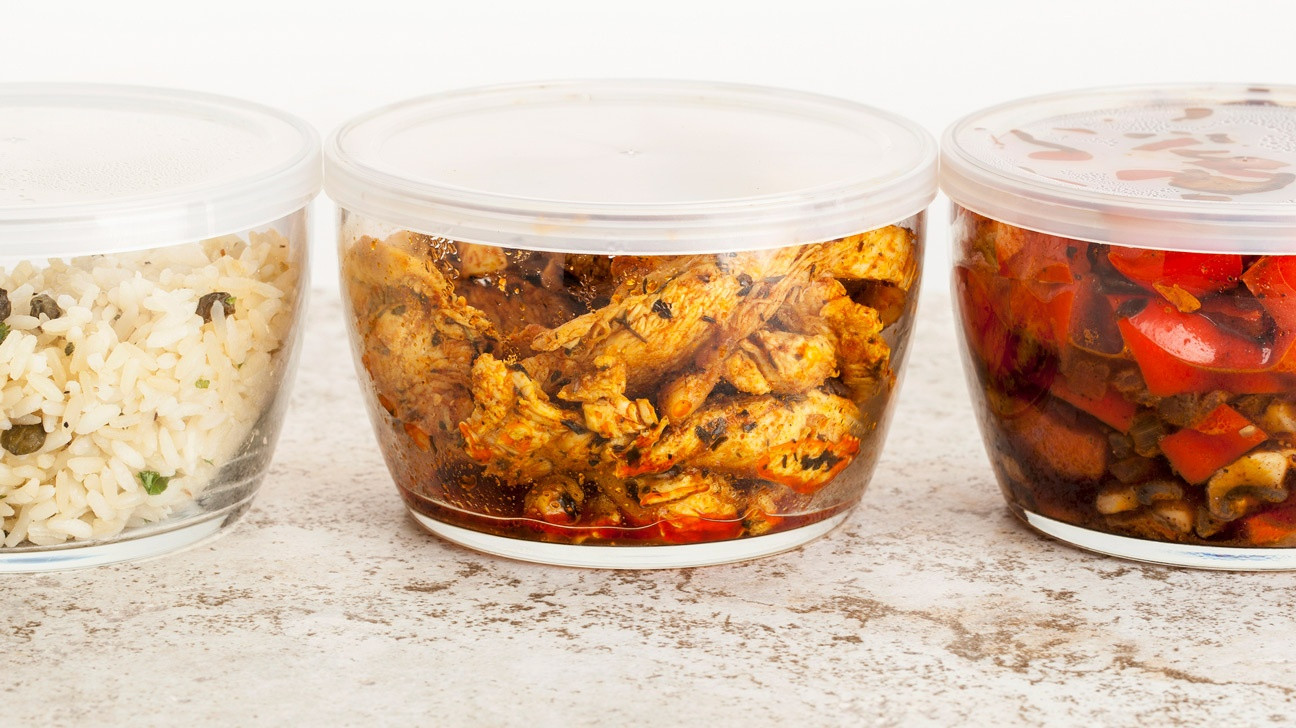 |
|
Mistake of putting cold dishes in the refrigerator: Shelley Feist, Executive Director of the nonprofit organization Partnership for Food Safety Education, said, “Leaving food at room temperature creates conditions for bacteria to grow. Cooked food should only be left out for 2 hours.” Homemakers can even put a hot soup pot in the refrigerator. However, it is advisable to place it in a small, shallow container for quick cooling and seal it with a lid to prevent moisture from escaping and affecting the refrigerator’s operation. Photo: Healthline. |
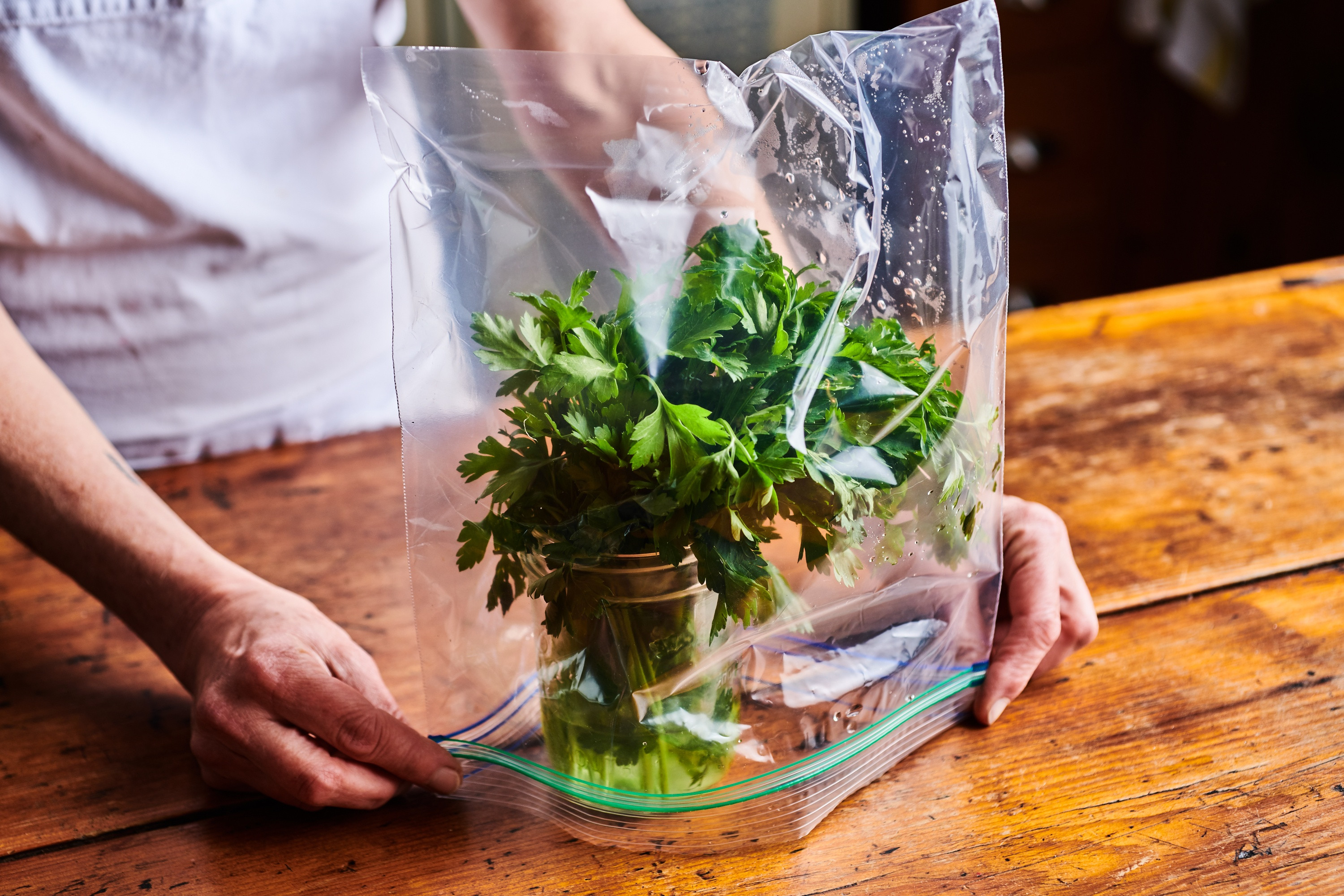 |
|
Soak the stem of onions, cilantro in water: You cut the roots, wash the stem and leaves, then use a paper towel to completely dry them. Put the vegetables in a jar with a part of the stem submerged in water, use a zip bag to tightly cover the top and put it in the vegetable drawer of the refrigerator. The water should be changed every 2-3 days to keep the vegetables fresh for 2-3 weeks. This storage method takes up refrigerator space but is quite effective. Photo: Kitchn. |
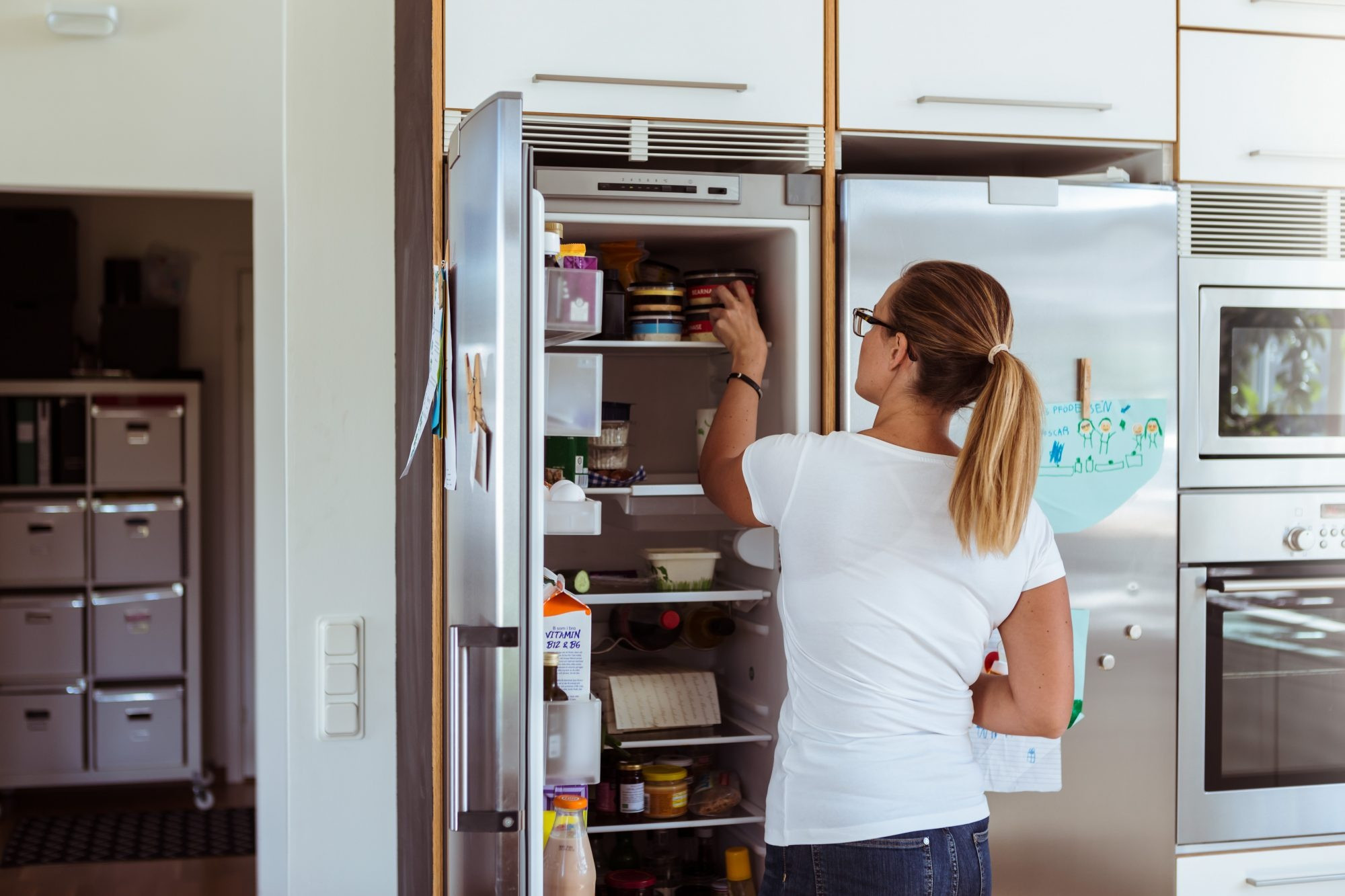 |
|
Smart refrigerator organization: Keep frequently used food items in the front of the refrigerator for easy access, avoiding keeping the refrigerator door open for too long. Homemakers should also consider the size of the containers, arranging them from small to large so that they do not obstruct the view when opening the refrigerator. In addition, you should check and clean the refrigerator regularly, detect spoiled food early, and dispose of it in a timely manner to prevent it from spreading to other food items. Photo: MyRecipes. |
According to Zing
Thaw meat super fast with just one spoon of this water
Vinegar is more than just a spice; it also has surprising effects in defrosting cooking ingredients.




































